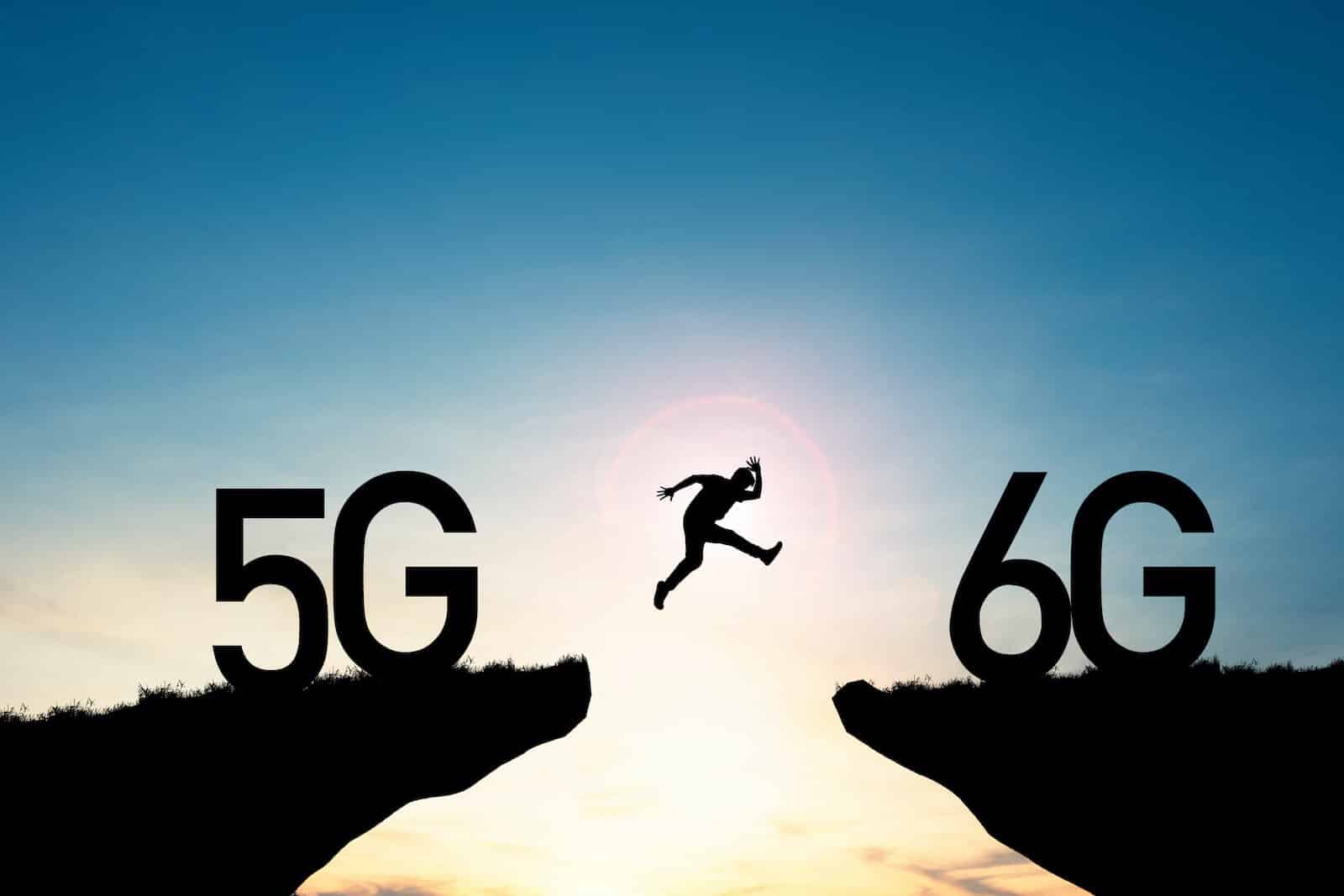6G can wait: Why we need to fix 5G before chasing the next hype
I was asked the other day to provide some thoughts on how 6G will transform our lives. 6G! We haven’t sorted out 5G yet. It doesn’t work properly, and nine times out of ten, I end up disabling it to get a decent connection.
We need to slow down and get this stuff right before we rush to push through 6G.
I’m pretty cynical about the agenda by the big telcos in pushing for a roll out of 6G (which is expected to happen in 2030, or thereabouts). It seems they’re forcing obsolescence of previous standards, to get people to migrate onto new ones, and it boils my blood. Vodafone has announced it’s switching off 3G in 2023, in order to focus its efforts on 4G and 5G. And presumably to look forward to a juicy new upgrade to 6G in a few years’ time.
When the first Bluetooth phone came out, I used it as a modem. I worked on the bus every morning on the way to work, tethered to my phone and connected over VPN to my Unix dev environment – a BSD box positioned under my desk in the office. I could run a termina, write code and reload web pages with ease – all over a GPRS connection!
Then when 3G came out, I could watch films on my phone. Amazing. Until 4G came out. Now, you can barely download an email or send a tweet over 3G. I can’t do on a 3G connection what I used to do on GPRS on the bus. There’s no technological reason why I shouldn’t be able to and I sense that regulators are far too lenient on the telcos when it comes to holding them to account around service delivery at the different levels of their networks.
Now in walks 5G, and here we go again.
I love innovation, and technology innovation drives the future. It will be critical in solving real problems, like the climate emergency or the care crisis – big problems that need technology-based solutions. But innovation without solid adoption is misguided, unless you’re trying to solve a very specific problem, and there isn’t one here.
People are still talking about the art of the possible with 5G. Recently, I was having a conversation about robotics in the home environment, particularly in caring for elderly people. A working 5G service means you could provide telepresence to support people, or augment daily face-to-face care with more regular virtual check-ins so you can keep in touch more often. That’s a really good potential use-case of 5G, and it’s possible right now, but it isn’t happening. Let’s do that before we rush to talk about the possibilities of 6G.
There will be incredible things we haven’t even dreamed of yet that will be enabled by 6G, but the truth is most of what we need right now can be achieved with a decent, working 5G network. Metaverse, Web3, crypto, home robotics – you don’t need 6G for those things, you just need functional 5G.
